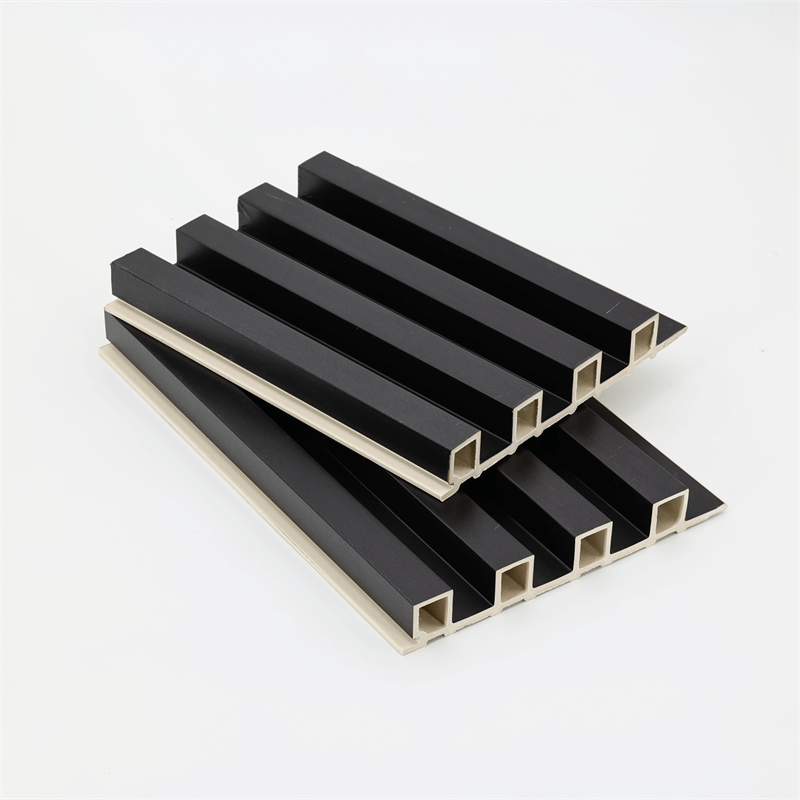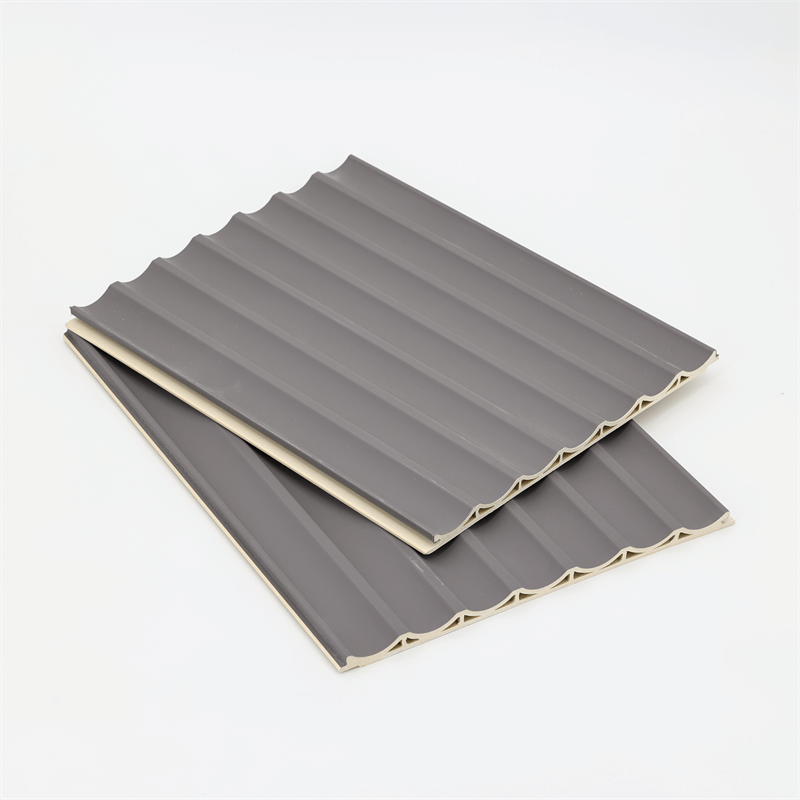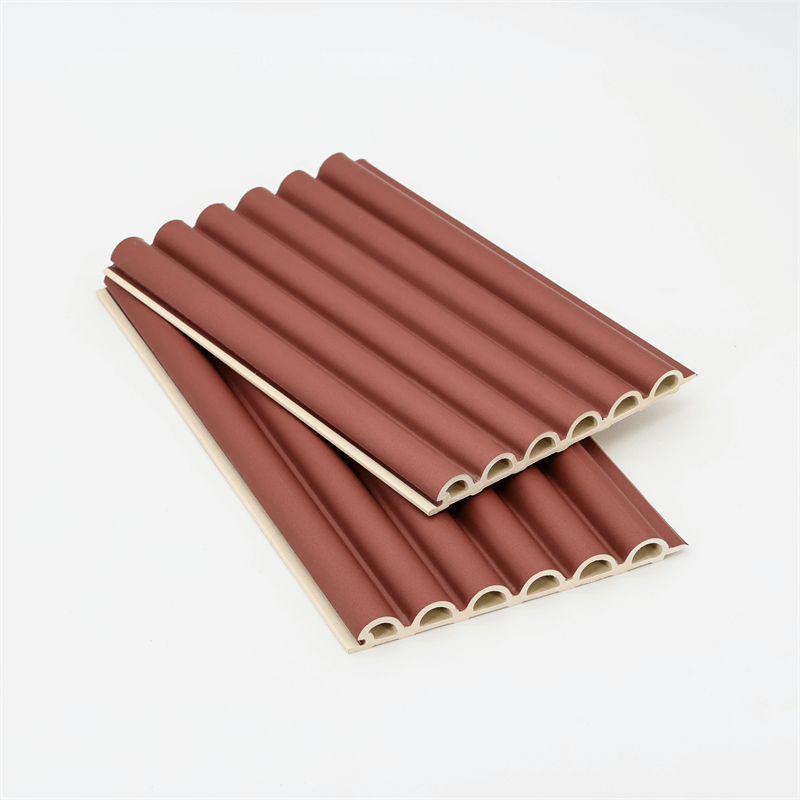The quest for sustainable building materials has led to the rise of Wood-Plastic Composite (WPC) wall panels as a game-changer in the construction industry.
In Kenya, a country known for its rich biodiversity and commitment to environmental preservation, WPC wall panels have found innovative applications in transforming outdoor spaces.
This essay explores how WPC wall panels are revolutionizing the design and construction of sustainable outdoor spaces in Kenya, showcasing their durability, eco-friendliness, and versatility.

1. The Growing Demand for Sustainable Outdoor Spaces in Kenya
As urbanization and development accelerate in Kenya, there is a growing need for sustainable outdoor spaces that harmonize with the natural environment.
Whether it’s urban parks, recreational areas, or resorts, the focus is on creating spaces that not only offer aesthetic appeal but also align with the country’s commitment to environmental conservation.
Traditional building materials, such as timber and concrete, have significant environmental impacts and are susceptible to weather-related wear and tear.
WPC wall panels, being a blend of wood fibers and recycled plastics, offer a sustainable alternative that addresses these concerns.
The demand for these panels has surged as architects, builders, and environmental enthusiasts seek eco-friendly solutions to construct resilient and visually appealing outdoor spaces.
2. WPC Wall Panels in Sustainable Outdoor Decking
One of the primary applications of WPC wall panels in Kenya’s outdoor spaces is sustainable decking.
Traditional wooden decking requires regular maintenance and treatment to protect it from moisture, pests, and rot.
In contrast, WPC wall panels offer inherent resistance to these elements, making them ideal for outdoor applications.
WPC decking is extensively used in eco-conscious resorts, national parks, and residential spaces.
These panels not only withstand heavy foot traffic but also provide excellent slip resistance, ensuring the safety of visitors and guests.
The panels’ ability to retain their appearance and structural integrity over time reduces the need for frequent replacements, further contributing to sustainable construction practices.
Moreover, WPC wall panels are free from harmful chemicals and preservatives, ensuring that they do not leach toxins into the surrounding environment.
This eco-friendly aspect is particularly important in natural habitats and ecologically sensitive areas where environmental preservation is a top priority.

3. Eco-Bridges and Walkways: A Sustainable Infrastructure Solution
In Kenya’s pursuit of sustainable infrastructure solutions, WPC wall panels have emerged as an innovative material for constructing eco-bridges and walkways.
These structures play a crucial role in preserving fragile ecosystems and wildlife habitats by minimizing disturbances caused by human activities.
Eco-bridges built with WPC wall panels offer a sustainable passage for wildlife, enabling animals to move freely across fragmented landscapes.
These bridges are particularly essential in areas where roads and development projects intersect natural habitats, reducing the risk of wildlife-vehicle collisions and preserving genetic diversity.
Similarly, elevated walkways constructed with WPC wall panels provide visitors with an opportunity to explore pristine environments without causing soil erosion or damaging vegetation.
These walkways offer a bird’s-eye view of Kenya’s diverse landscapes, inspiring visitors to appreciate and protect the country’s natural heritage.
4. Gazebos and Eco-Shelters: Blending Aesthetics with Sustainability
WPC wall panels have also made a mark in the construction of gazebos and eco-shelters in Kenya.
Gazebos, known for their open and inviting structures, are popular additions to parks, gardens, and resorts.
WPC panels provide a beautiful and durable roofing solution for these structures, offering shade and protection from the elements while blending harmoniously with the natural surroundings.
Eco-shelters built with WPC wall panels provide a sustainable option for outdoor events, workshops, and educational programs.
These shelters serve as multi-functional spaces that embrace nature while protecting participants from adverse weather conditions.
The ability of WPC panels to resist moisture and maintain their structural integrity ensures that these eco-shelters remain an enduring part of sustainable outdoor spaces.

The innovative use of WPC wall panels in transforming outdoor spaces in Kenya marks a significant step towards sustainable construction practices.
These panels offer a blend of aesthetics and eco-friendliness, making them an ideal choice for architects, builders, and environmental enthusiasts.
From sustainable outdoor decking to eco-bridges and walkways, from gazebos to eco-shelters, WPC wall panels are revolutionizing the way outdoor spaces are designed and constructed in Kenya.
As the country continues to prioritize environmental preservation and sustainability, the demand for WPC panels is set to grow, driving further innovation in the construction industry.
With their durability, resistance to weather elements, and eco-friendly composition, WPC wall panels are contributing to a greener and more sustainable future for Kenya.
By transforming outdoor spaces into beautiful and resilient havens, these panels are at the forefront of Kenya’s sustainable development journey,
setting an example for environmentally conscious construction practices worldwide.